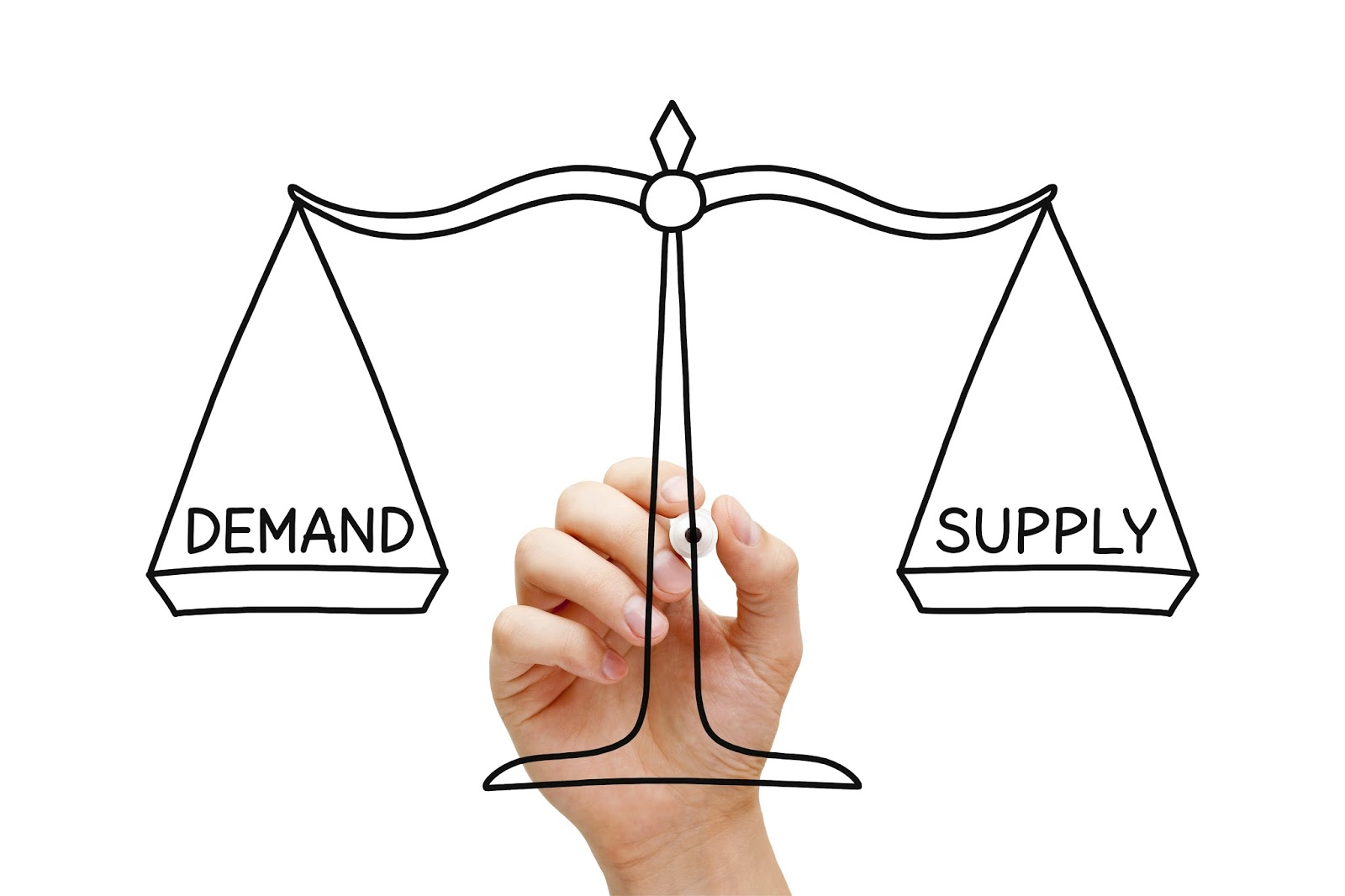Managing inventory is one of the biggest challenges for any business as a deficit or surplus of stock will affect operations. In the early 1940s, Taiichi Ohno, an industrial engineer at Toyota, came up with a smart way to manage inventory in a business. The system is called the Kanban Inventory System. In the Japanese language, Kanban means a card or a visual signal. This card signifies the needed materials for production or when to restock the pile.
What is Kanban Inventory system?
Kanban system is designed to eliminate the unnecessary use of labour and stock and facilitate a problem-free production. The Kanban inventory system uses cards of different colours to distinguish the various materials of stock and promote the placing of new orders as they decrease in number. Thus, it aims to improve manufacturing efficiency. It is often associated with Lean manufacturing. It is a method that ensures the elimination of wastage in the manufacturing system.
Core Principles of Kanban Inventory System
The core principles of Kanban as effected by Toyota are:
- The exact amount for customer manufacturing processes is only withdrawn.
- The exact amount of material ordered with the supplier is the same as the amount of material withdrawn.
- No items are made or moved without a Kanban.
- A Kanban should accompany every product.
- Any material with a defect or incorrect amounts is sent to the manufacturing.
- The number of Kanban is brought down to the lowest levels to find out any discrepancies.

How does it work?
The Kanban Inventory System works closely with JIT or Just in Time that specifies “what is needed when it is needed and how much is needed.” Kanban inventory method does not leave a way for more stock unless the materials are deficient.
The human brain is unique as it processes visual signals quite faster than words. Kanban inventory system takes advantage of this fact and creates a visual representation of the work scenario. As a result of using different coloured cards, the inventory manager will be able to track the levels of inventory.
Steps of Kanban Inventory Method
The kanban inventory method uses these steps to achieve optimum efficiency:
1. Picture work:
Kanban uses the visual method to manage work and workflow. As the inventory managers can visualize their workflow. Hence, it becomes easier for them to find out any blocks, holdups, or queues. This visual format enables instant communication and collaboration. This system of Inventory provides the workforce with the status of the inventory at a glance. As the human brain is well equipped with visual signals, it automatically recognizes what kind of inventory does the card indicates.
2. Control Work In Progress (WIP):
Work in Progress refers to any work that is yet to be completed. The Kanban inventory system helps in achieving the work in progress without a hitch as it allows for a smooth flow of materials as and when required by production.
3. Focus:
In the Kanban inventory method, the focus is on the flow of the product. Certainly, by using Kanban, the inventory managers can collect data to analyze the flow, ensure a smooth flow, and even identify the problems that can come up in the future.
Related: 5 Signs of Inventory management Troubles
4. Uninterrupted development:
Once the Kanban method is integrated into the system, there will be a constant improvement. The inventory manager can make use of different techniques to improve workflow, quality, lead times, and many more operations.

Benefits of Kanban inventory system:
-
Inventory levels and cost of inventory:
As inventory levels are always at an optimum level, there will be the availability of more space for work. Efficient storage solutions can be implemented to save space. It also leads to saving as the business will only purchase what is needed and become cost-efficient.
-
Demand decides:
Kanban helps in identifying what are the best selling products and the kind of materials used to produce it. Kanban system identifies only the depleted product. So if the product’s part is not replenished, then it can be known that it is a highly demanded product.
-
Extra space:
In the Kanban inventory system, the stock is only delivered when the production demands it and is also maintained at optimum levels, thereby freeing up more space. Space can be efficiently used to assemble the finished product by the line workers without any issue of space.
-
Reports:
Kanban inventory method can provide analytics that indicates the time taken for producing a product. It helps the inventory manager to plan, organize, and improve workflow.
-
Prevents overstocking and obsolescence:
Kanban method prevents obsolescence of stock and overstocking. As inventory is always kept at the lowest level possible, so a particular material is only stocked as per the need and is replenished at regular intervals. All this leads to making it stay as per the latest technological advances. Kanban inventory system matches with lean inventory that does not use excessive inventory or defective stock.
Related: 5 Inventory Management Tips to save your time
Kanban Inventory Control Software
There are plenty of Kanban inventory software solutions available in the market. ZapInventory is a widely recognised inventory software that uses Kanban method in their design. It uses cards and an electronic database to track and replenish the inventory when needed. This makes keeping track of inventory levels and patterns much easier.



 Start using ZapInventory today
Start using ZapInventory today

1 Comment
D clutter
I’m really happy to read this article thank you for sharing this great article.